How to Protect Your Dog from Ticks and Fleas
Every dog owner knows that keeping our furry friends happy and healthy is a top priority. One of the challenges of pet care is protecting your dog from ticks and fleas. These tiny pests are not just annoying; they can cause serious health issues for your pet. Ticks are known to spread diseases, while fleas can make your dog very itchy and uncomfortable.
To help you keep your dog safe, this guide will show you effective ways to guard against ticks and fleas. We’ll cover everything from the basics of understanding these pests to choosing the right products to keep them away. We will also discuss the importance of regular grooming and maintaining a clean living environment for your pet. Our goal is to give you simple, easy-to-follow advice that will help you prevent flea and tick problems before they start.
By the end of this guide, you’ll have the tools and knowledge you need to ensure your dog stays free from ticks and fleas, leading to a happier, healthier life for your beloved pet. Let’s get started on making sure our dogs are protected from these unwelcome guests!
Understanding Ticks and Fleas
Ticks and fleas are small bugs that can make a home on your dog’s body, feeding on their blood. These pests are not only annoying but can be harmful to your pet.
Ticks are tiny creatures that attach themselves to your dog’s skin. They can carry diseases, which they can pass to your dog when they bite. Some of these diseases can make your dog very sick.
Fleas are very small, jumping insects that can also bite and feed on your dog’s blood. Flea bites can make your dog itch a lot, and sometimes lead to skin problems like redness and irritation.
Both ticks and fleas lay eggs, which means if you see one, there are likely many more around or coming soon. This is why it’s important to stop these pests before they start causing problems for your pet.
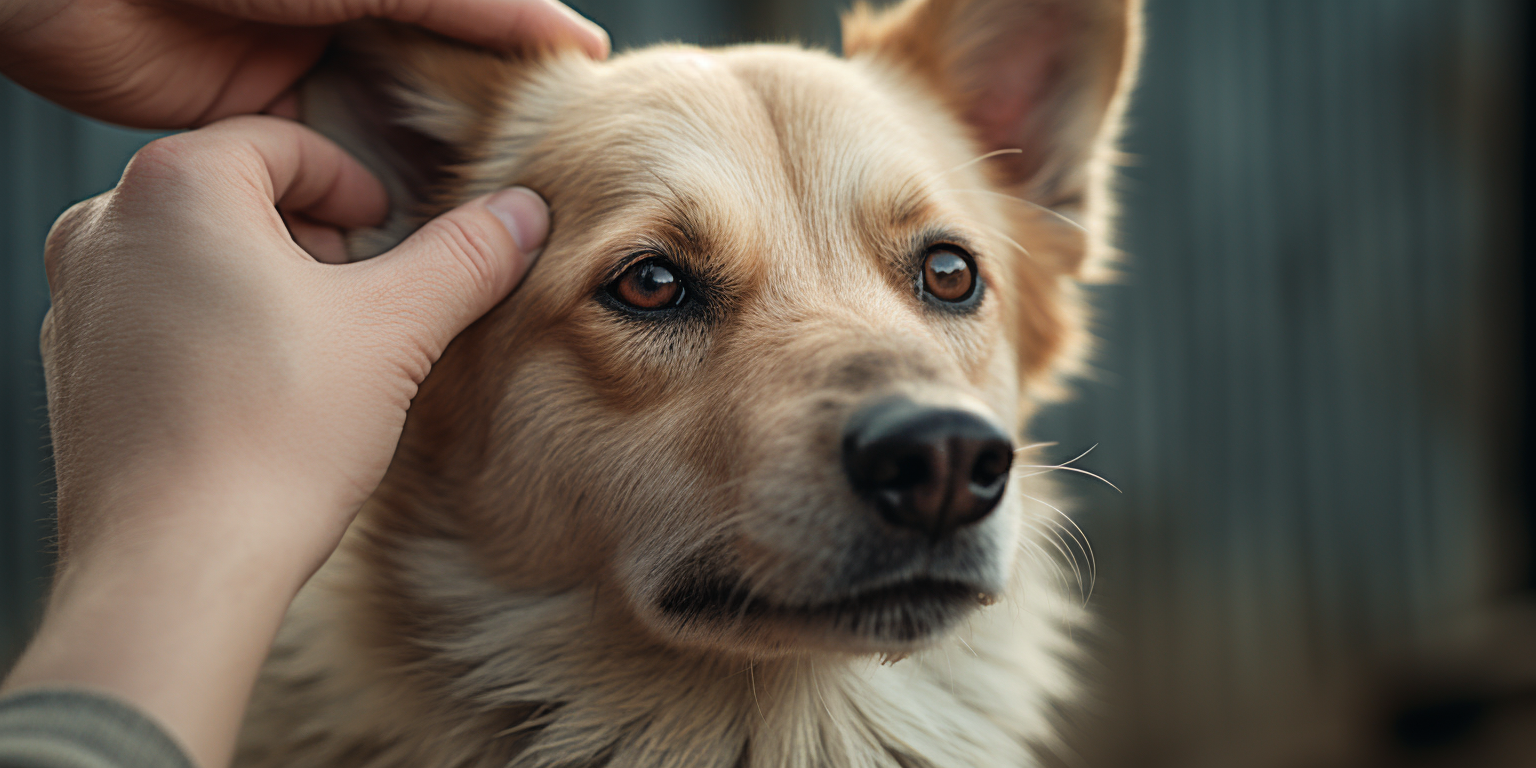
Regular Checks and Grooming
Regular checks and grooming are key to keeping your dog healthy and free from ticks and fleas. By paying close attention to your dog’s coat and skin, you can catch these pests before they cause serious problems.
Why Regular Checks are Important
Every day, or at least several times a week, you should look through your dog’s fur. This is especially important after they have been outside in grassy or wooded areas where ticks and fleas like to live. Use your fingers to part their fur and look closely at their skin. Focus on places where ticks and fleas are most likely to hide, like under the collar, around the ears, and between the legs.
How to Groom Your Dog
Grooming your dog not only keeps them looking great but also helps remove any fleas or ticks. Here’s what you can do:
- Brushing: Regular brushing helps to keep your dog’s coat clean and removes loose fur. This also disturbs any ticks or fleas that might be hiding in the fur.
- Bathing: Washing your dog with a gentle dog shampoo can help get rid of fleas and ticks. You don’t need to do this too often—once a month is usually enough unless they get very dirty.
- Using a Flea Comb: A flea comb is fine-toothed and can pull fleas out of the fur as you comb. It’s a good idea to do this over a white towel so you can see any fleas that come off.
Keeping Your Dog Clean
Along with brushing and bathing, keeping your dog’s sleeping area clean is crucial. Wash their bedding regularly in hot water to kill any fleas or eggs that might be there. Also, vacuum carpets and furniture your dog uses to catch any hidden fleas or ticks.
By doing regular checks and keeping up with grooming, you can help protect your dog from ticks and fleas. This will make your dog happier and healthier, and give you peace of mind too.
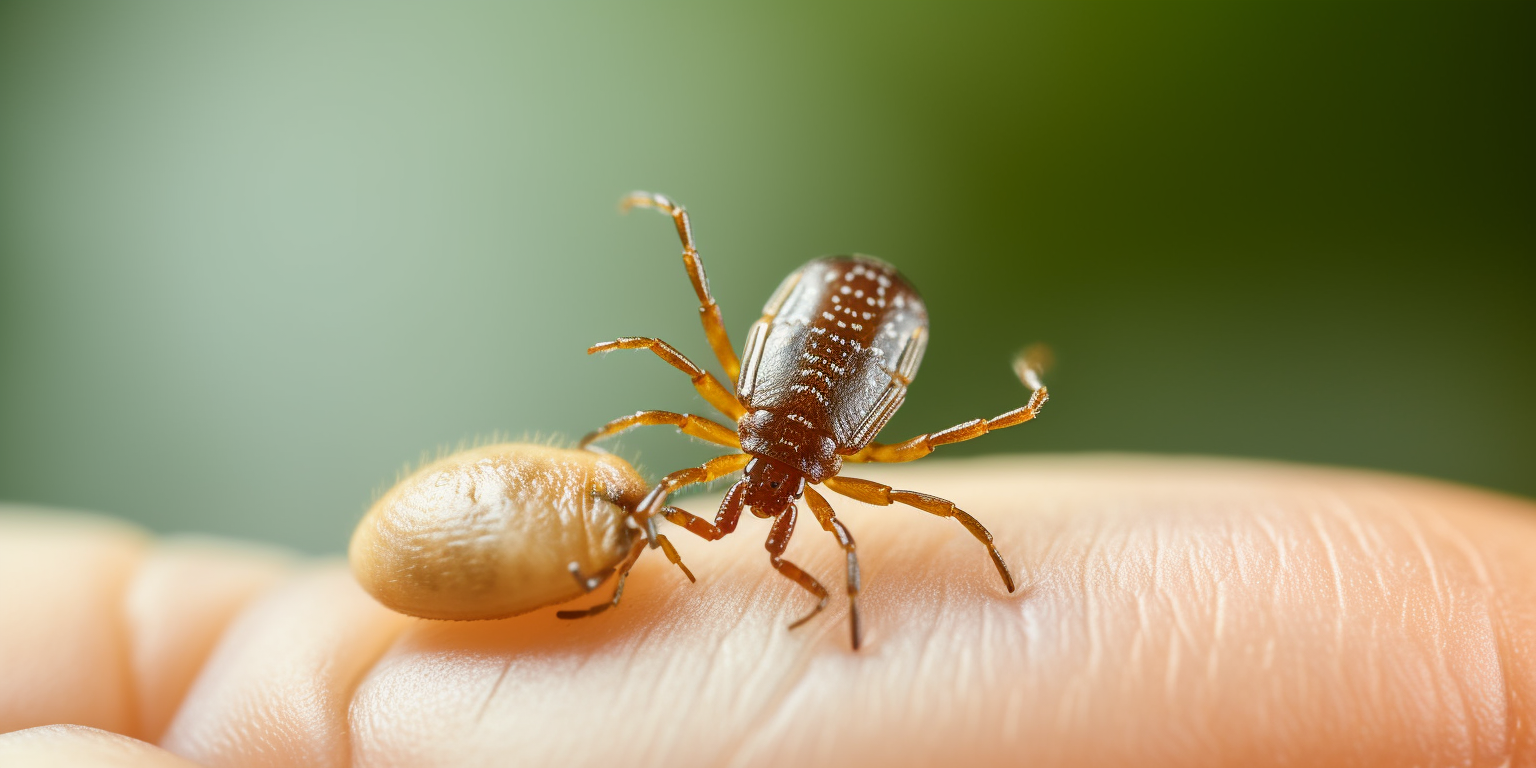
Using Flea and Tick Preventive Treatments
Using flea and tick preventive treatments is a great way to keep your dog safe from these annoying pests. There are several types of treatments you can use, and each works a little differently. Ensure the safety of your dog with these measures:
Spot-on Treatments
These are liquids that you apply directly to your dog’s skin, usually between their shoulder blades or along their back. Once applied, the treatment spreads over your dog’s body and protects them for about a month. It’s important to follow the instructions carefully and use the right amount for your dog’s size.
Oral Medications
These are pills or chews that your dog can eat. They work by entering your dog’s bloodstream, so when a flea or tick bites, it absorbs the medicine and is killed. These treatments usually last about a month too and are a good choice if your dog doesn’t like having treatments applied to their skin.
Flea Collars
A flea collar is worn around your dog’s neck and releases a chemical that repels or kills fleas and ticks. Some collars can work for several months before needing to be replaced. Make sure the collar fits your dog well, and it shouldn’t be too tight or too loose.
Choosing the Right Product
Always pick a product that is made specifically for dogs. Check the label to make sure it is safe for your dog’s age and weight. When uncertain, consult your veterinarian for guidance on what to use. They can recommend the best treatment to keep your dog free from fleas and ticks.

Maintaining a Clean Environment
Keeping your home and yard clean is very important for protecting your dog from fleas and ticks. Here’s how you can create a clean environment that helps keep these pests away from your pet:
Inside Your Home
- Wash Your Dog’s Bedding: Make sure to clean your dog’s bed, blankets, and any favorite resting spots frequently. Use hot water to wash these items, as it helps kill any fleas or flea eggs.
- Vacuum Regularly: Fleas can hide in carpets, rugs, and furniture. By vacuuming these areas often, you can pick up fleas and their eggs before they have a chance to spread.
- Keep Floors Clean: Sweep and mop hard floors regularly to remove any fleas or ticks that might have fallen off your dog.
In Your Yard
- Mow the Lawn: Keeping your grass short will make your yard less attractive to ticks. Ticks like to hide in tall grass waiting for a chance to jump onto your dog.
- Remove Leaf Piles and Debris: Fleas and ticks can also hide in piles of leaves or other garden debris. Clean these up to prevent pests from settling in your yard.
- Use Pet-Safe Treatments: Consider using treatments for your yard that are safe for pets. These can help reduce the number of fleas and ticks in your outdoor space.
By maintaining a clean home and yard, you can greatly lower the chances of your dog getting fleas or ticks. A clean environment helps keep your pet healthy and happy!
Choosing the Right Flea and Tick Products
Choosing the right flea and tick products is crucial for keeping your dog safe and comfortable. There are many options available, so it’s important to pick the right one for your dog’s needs. Consider these guidelines to make an informed decision:
Check the Label
Always read the product label carefully. Make sure it’s suitable for your dog’s weight and age. Some products are only for older dogs, while others might be too strong for very small dogs.
Types of Products
- Spot-on Treatments: These are liquids you apply to your dog’s skin. They are very popular because they work well and are easy to use.
- Oral Medications: These are pills or chews that your dog can eat. They protect your dog from the inside out.
- Flea Collars: These collars release chemicals that either repel or kill fleas and ticks. They can work for several months.
Safety First
Choose products that are specifically made for dogs. Never use cat products on your dog, as they can be harmful. Also, if your dog is pregnant or has health issues, check with your vet before using any flea and tick products.
Ask Your Veterinarian
Your vet can give you the best advice on which products will work well for your dog. They know your dog’s health history and can suggest the safest and most effective treatments.
By choosing the right flea and tick products, you can ensure your dog is protected from pests without causing them any harm. Always consider your dog’s specific needs when picking a product.
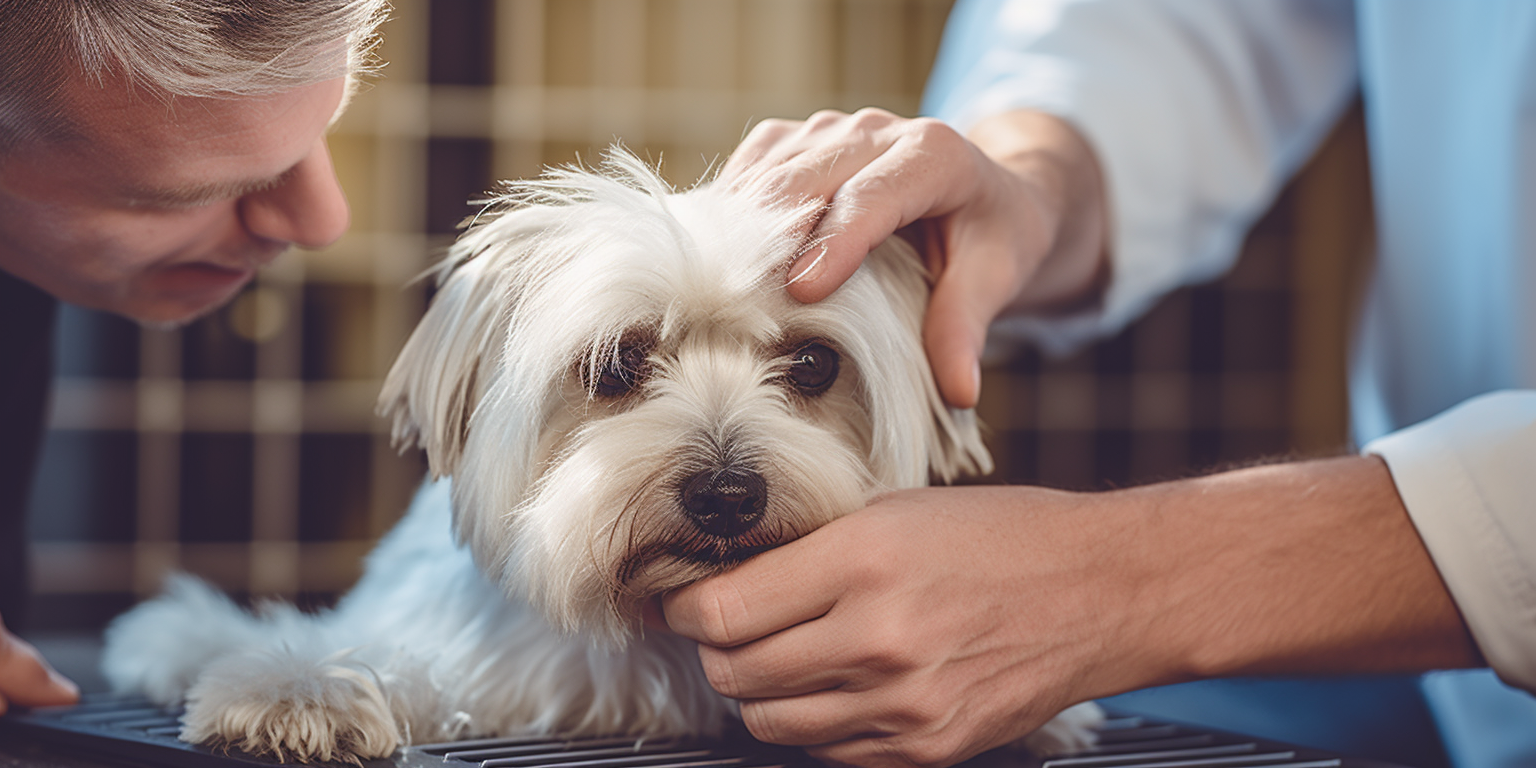
When to See a Veterinarian
Knowing when to see a veterinarian can help you keep your dog healthy and safe from ticks and fleas. Sometimes, even with good prevention, your dog might need extra help from a vet. Here are some signs that it’s time to visit the veterinarian:
- Flea or Tick Infestation: If you notice that your dog has a lot of fleas or ticks, and the products you’re using don’t seem to work, it’s important to see the vet. They can offer stronger treatments that can quickly get rid of these pests.
- Allergic Reactions: Some dogs are allergic to flea bites, which can cause severe itching, red skin, or hair loss. If you see these symptoms, your vet can provide medications that relieve itching and help your dog’s skin heal.
- Signs of Disease: Ticks can transmit diseases to dogs, including Lyme disease, which can make your dog feel very tired and sore. If your dog seems unusually tired, has a fever, or is limping, these could be signs of a tick-borne disease. Your vet can test for these diseases and start treatment if needed.
- Unusual Behavior: If your dog is scratching a lot, seems upset, or behaves differently, it might be because of fleas or ticks. A veterinarian can check your dog to find out what’s wrong and how to fix it.
It’s always better to be safe and get a professional opinion if you’re worried about fleas or ticks on your dog. Your veterinarian is available to assist in maintaining your pet’s health and happiness!
Conclusion
In conclusion, keeping your dog safe from ticks and fleas is very important. Regular checks, grooming, and using the right flea and tick products help a lot. Make sure your home and yard are clean and free from places where fleas and ticks could live. Always choose flea and tick products carefully, and if you’re not sure which one is best, ask your veterinarian for advice.
If you see lots of fleas or ticks on your dog, or if your dog seems sick or itchy, it’s important to see the vet. They can provide special treatments and help your dog feel better. Remember, taking good care of your dog helps them stay happy and healthy. By following these simple steps, you can keep your dog free from fleas and ticks all year round.

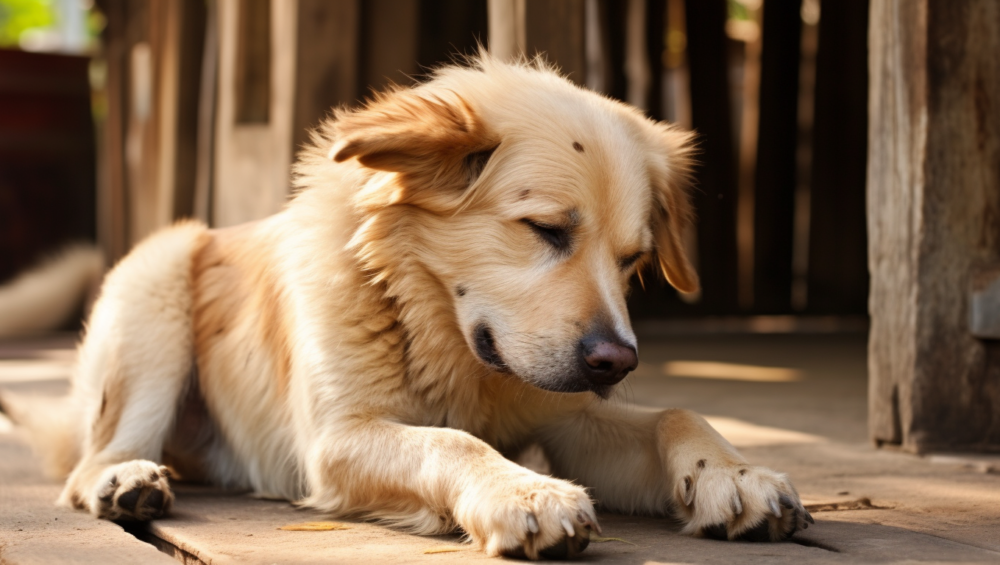



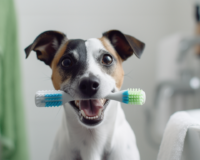
6 Comments
Thanks for the advice! How do I choose the best flea treatment for my dog?
You’re welcome! Consider your dog’s size, age, health, and lifestyle. Your veterinarian can help you choose the most effective and safe product tailored to your dog’s specific needs.
What’s the best way to check my dog for ticks?
Good question! Part your dog’s fur and check their skin closely, especially under the collar, around the ears, between the legs, and between the toes. Using a fine-toothed comb can help detect ticks more effectively.
Can I use natural remedies to prevent fleas and ticks on my dog?
Yes, there are natural remedies like essential oil blends and diatomaceous earth that some pet owners use. However, their effectiveness can vary, and it’s important to ensure they’re safe for dogs. Always consult your vet before trying new treatments.